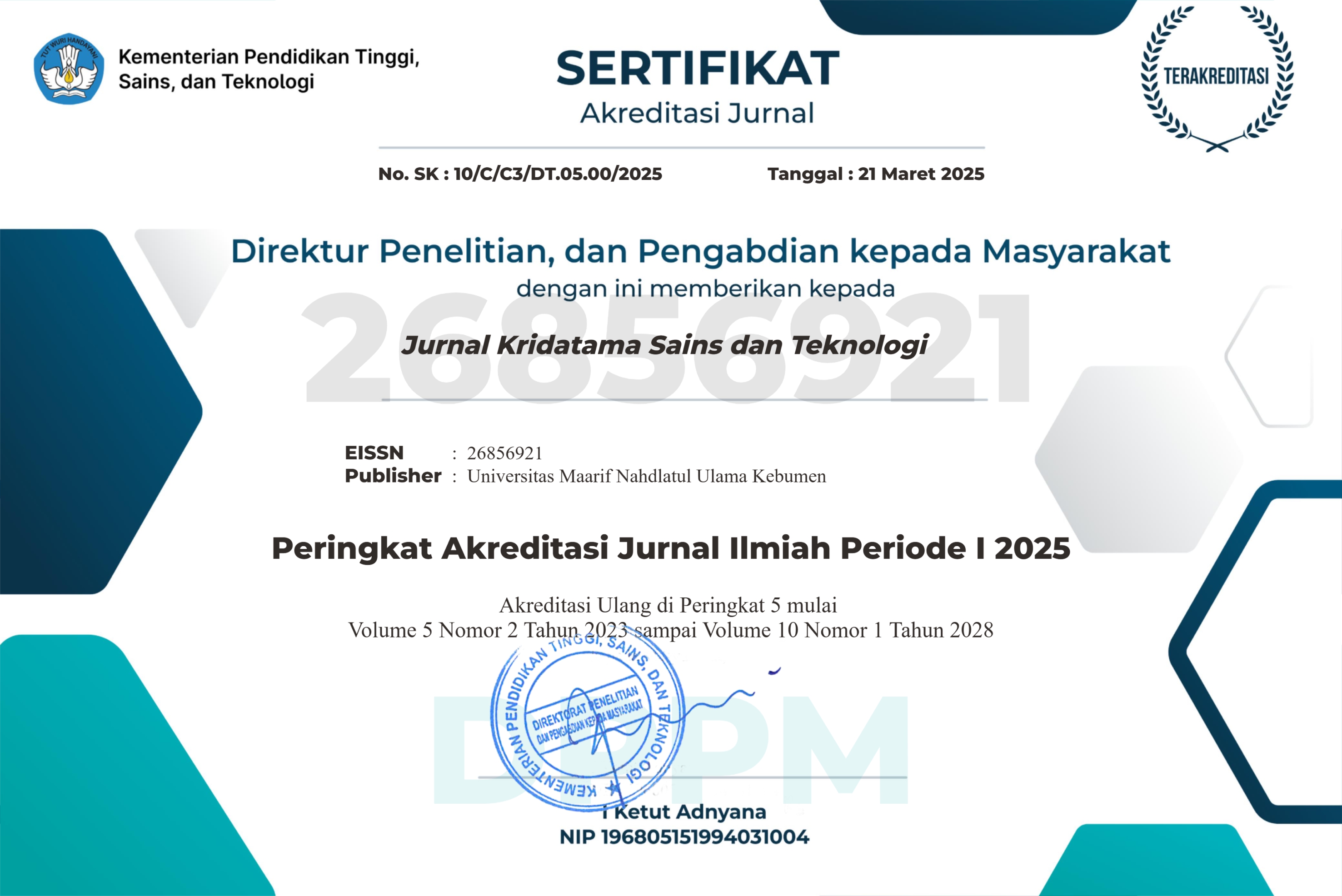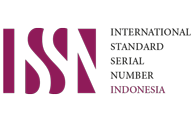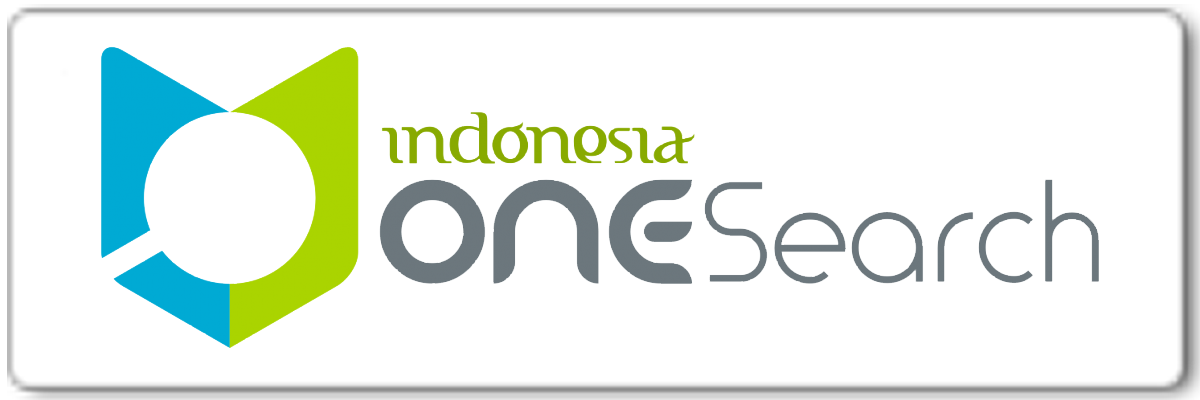Metode Pembelajaran pada Pendidikan Sains untuk Meningkatkan Pendidikan Karakter: Analisis Bibliometrik pada Publikasi 2020-2025
DOI:
https://doi.org/10.53863/kst.v7i02.1844Keywords:
Learning Methods, Science Learning, Character EducationAbstract
The study aims to determine the publication map for the period 2020-2025 related to science learning methods as character education, particularly articles published in journals indexed by Scopus, Crossref, and Google Scholar. The research questions are as follows: (1) How are science learning methods as character education viewed from the publication map? (2) What is interesting for academics regarding science learning methods as character education? (3). What topics are frequently written about in publications related to science learning methods as character education? This study analysed 1,101 articles using the keywords ‘education methods, science education, character education.’ Thematic areas were identified using keyword analysis. The analysis and visualisation process used Publish or Perish and VOSviewer. The study shows that science learning methods as character education have been a trend over the past five years. The keyword visualisation presents 8 clusters: (1) institution; (2) technology; (3) management; (4) local wisdom; (5) outcome; (6) COVID; (7) student character; and (8) child. Bibliometric mapping analysis can provide information related to the development patterns of publications in the field of science education methods for character education. These findings serve as a valuable foundation for future research: 1) The need for holistic and in-depth research on STEAM in science education; and 2) The need for research focused on areas that are still under-explored, such as: (1) integrating character education; (2) blended learning; and (3) local wisdom.
References
Aidoo, B. (2024). A reflective study on adopting inquiry-based science teaching methods. Disciplinary and Interdisciplinary Science Education Research, 6(1). https://doi.org/10.1186/s43031-024-00119-3
Belbase, S., Mainali, B. R., Kasemsukpipat, W., Tairab, H., Gochoo, M., & Jarrah, A. (2022). At the dawn of science, technology, engineering, arts, and mathematics (STEAM) education: prospects, priorities, processes, and problems. International Journal of Mathematical Education in Science and Technology, 53(11), 2919–2955. https://doi.org/10.1080/0020739X.2021.1922943
Charania, A., Bakshani, U., Paltiwale, S., Kaur, I., & Nasrin, N. (2021). Constructivist teaching and learning with technologies in the COVID-19 lockdown in Eastern India. British Journal of Educational Technology, 52(4), 1478–1493. https://doi.org/10.1111/bjet.13111
Cho, J. (2017). A comparative study of the impact of Korean research articles in four academic fields using altmetrics. 18(1), 38–51. https://doi.org/10.1108/PMM-02-2016-0005
De Paiva Guimarães, M., Dias, D. C., Martins, V. F., Brega, J. R., & Trevelin, L. C. (2015). Immersive and interactive simulator to support educational teaching. Lecture Notes in Computer Science (Including Subseries Lecture Notes in Artificial Intelligence and Lecture Notes in Bioinformatics), 9159(August 2018), 250–260. https://doi.org/10.1007/978-3-319-21413-9_18
Dimitra, K., Nikolaos, M., & Maro, V. (2017). Bibliometrics and Altmetrics literature review: Performance indicators and comparison analysis. 8(1). https://doi.org/10.1108/PMM-08-2016-0036
Donthu, N., Kumar, S., Mukherjee, D., Pandey, N., & Marc, W. (2021). How to conduct a bibliometric analysis : An overview and guidelines. Journal of Business Research, 133(April), 285–296. https://doi.org/10.1016/j.jbusres.2021.04.070
Eck, N. J., & Waltman, L. (2010). Software survey : VOSviewer , a computer program for bibliometric mapping. Scientometrics, 84(2), 523–538. https://doi.org/10.1007/s11192-009-0146-3
Eck, N. J. Van, & Waltman, L. (2014). Visualizing Bibliometric Networks. https://doi.org/10.1007/978-3-319-10377-8
Eliyawati, E., Permanasari, A., Salim, A. S., & Khoirotunnisa, S. (2021). Online science learning strategies: Challenges and benefits. Journal of Physics: Conference Series, 1806(1). https://doi.org/10.1088/1742-6596/1806/1/012143
Gerard, L., Wiley, K., Debarger, A. H., Bichler, S., Bradford, A., & Linn, M. C. (2022). Self-directed Science Learning During COVID-19 and Beyond. Journal of Science Education and Technology, 31(2), 258–271. https://doi.org/10.1007/s10956-021-09953-w
Hadi, K. (2018). Biology Teaching Materials Based on Character Value Khairil. Journal of Physics, 1(1). https://doi.org/10.1088/1742-6596/1114/1/012035
Hasanah, D. N., & Anfa, Q. (2021). Jurnal Tadris IPA Indonesia. 1(3), 413–419. https://doi.org/https://doi.org/10.21154/jtii.v1i3.298
Ibrahim, C. (2019). Tren Kepenulisan Publikasi Penelitian Indonesia Terindeks pada Jurna Scopus. 6003, 13–28. https://doi.org/https://doi.org/10.33505/jodis.v3i1.50
Ilhami, A., Riandi, R., & Sriyati, S. (2019). Implementation of science learning with local wisdom approach toward environmental literacy. Journal of Physics: Conference Series, 1157(2), 0–5. https://doi.org/10.1088/1742-6596/1157/2/022030
Kim, S., Chung, E., & Lee, J. Y. (2018). Latest trends in innovative global scholarly journal publication and distribution platforms. 5(2), 100–112. https://doi.org/https://doi.org/10.6087/kcse.133
Kolahi, J., & Khazaei, S. (2016). Altmetric : Top 50 dental articles in 2014. Nature Publishing Group, 220(11), 569–574. https://doi.org/10.1038/sj.bdj.2016.411
Komalasari, K. (2012). The Living Values-Based Contextual Learning to Develop the Students ’ Character Kokom Komalasari Department of Civic Education , Faculty of Social Studies Education , Indonesia University of Education , Setiabudhi Regency Wing IV D-36 Bandung , Indonesia. 8(2), 246–251. https://doi.org/https://doi.org/10.3844/jssp.2012.246.251
Lerner, R. M. (2017). Character development among youth : Linking lives in time and place. 5(1). https://doi.org/10.1177/0165025417711057
Leydesdorff, L., & Rafols, I. (2012). Interactive overlays : A new method for generating global journal maps from Web-of-Science data. Journal of Informetrics, 6(2), 318–332. https://doi.org/10.1016/j.joi.2011.11.003
Mansir, F., Jamaluddin, S., Ikhsan, M., Wadham, B., Salim, A., & Inayah, J. (2023). Integration of Science and Islamic Education Towards The Building of Student Character. The 5thInternational Graduate Conferense in Islam and Interdisciplinary Studies. https://doi.org/10.4108/eai.19-10-2022.2329025
Morales, M. P. E. (2016). Exploring the Impact of Culture- and Language-Influenced Physics on Science Attitude Enhancement. Journal of Science Education and Technology, 25(1), 34–49. https://doi.org/10.1007/s10956-015-9575-3
Nurtian, J. ., & et al. (2019). Reinforcing National Character Education in Biology based on the Education for Sustainable Development Concept Reinforcing National Character Education in Biology based on the Education for Sustainable Development Concept. Journal of Physics: Conference Series. https://doi.org/10.1088/1742-6596/1241/1/012025
Padrós-Cuxart, R., Riera-Quintero, C., & March-Mir, F. (2016). Bibliometrics : a Publication Analysis Tool. 1567, 44–53.
Purba, E. R., Siregar, N., & Sinulingga, K. (2021). The effect of scientific inquiry learning model and scientific attitude on students ’ science process skills The effect of scientific inquiry learning model and scientific attitude on students ’ science process skills. 2(3). https://doi.org/10.1088/1742-6596/1811/1/012003
Ridwan, H., Sutresna, I., & Haryeti, P. (2019). Teaching styles of the teachers and learning styles of the students. Journal of Physics: Conference Series, 1318(1), 0–7. https://doi.org/10.1088/1742-6596/1318/1/012028
Savitri, E. R., & Miyono, N. (2022). Peran Kepala Sekolah dalam Penguatan Pendidikan Karakter di SMP Negeri 1 Blora. Jurnal Pendidikan Dan Konseling, 4(1), 1349–1358. https://doi.org/https://doi.org/10.31004/jpdk.v4i6.9635
Waltman, L., & Noyons, E. (2018). Bibliometrics for Research Management and Research Evaluation (p. 24). Leiden University.
Widarwati, D., Utaminingsih, S., & Murtono. (2021). STEAM (Science Technology Egineering Art Mathematic) Based Module for Building Student Soft Skill. Journal of Physics: Conference Series, 1823(1), 0–9. https://doi.org/10.1088/1742-6596/1823/1/012106
Yulianti, D., Wiyanto, Rusilowati, A., Nugroho, S. E., & Supardi, K. I. (2019). Problem based learning models based on science technology engineering and mathematics for developing student character. Journal of Physics: Conference Series, 1170(1). https://doi.org/10.1088/1742-6596/1170/1/012032
Zöggeler-Burkhardt, L., Embacher, E. M., & Smidt, W. (2023). Social relationships, interactions and learning in early childhood–theoretical approaches, empirical findings and challenges. Early Child Development and Care, 193(11–12), 1199–1203. https://doi.org/10.1080/03004430.2023.2260976
Zuhdi, R. (2021). Penggunaan Smartphone dalam Pembelajaran Model Creative Problem Solving terhadap Peningkatan Kreativitas dan Inovasi Siswa. 03(02), 117–125. https://doi.org/https://doi.org/10.53863/kst.v3i02.209
Zuhdi, R., Bagiya, B., & Ika, S. (2023). Metode Peningkatan Literasi pada Pendidikan : Analisis Bibliometrik pada Publikasi 2013 – 2023. 05(2), 578–589. https://doi.org/https://doi.org/10.53863/kst.v5i02.1020
Zuhdi, R., & Utami, F. (2022). Pengaruh Pembelajaran Model Discovery Learning terhadap Aspek Kognitif Peserta Didik. 04(02), 142–149. https://doi.org/https://doi.org/10.53863/kst.v4i02.553
Downloads
Published
How to Cite
Issue
Section
License
Copyright (c) 2025 Rasyid Zuhdi, Aziza Karenina, Winda Rachman Putri, Andyta Ma’rifatul Usnia, Andika Febrian, Nuris Fattahillah

This work is licensed under a Creative Commons Attribution-ShareAlike 4.0 International License.
Authors retain copyright and grant the journal right of first publication with the work simultaneously licensed under a Creative Commons Attribution-ShareAlike 4.0 International License that allows others to share the work with an acknowledgment of the work’s authorship and initial publication in this journal

















